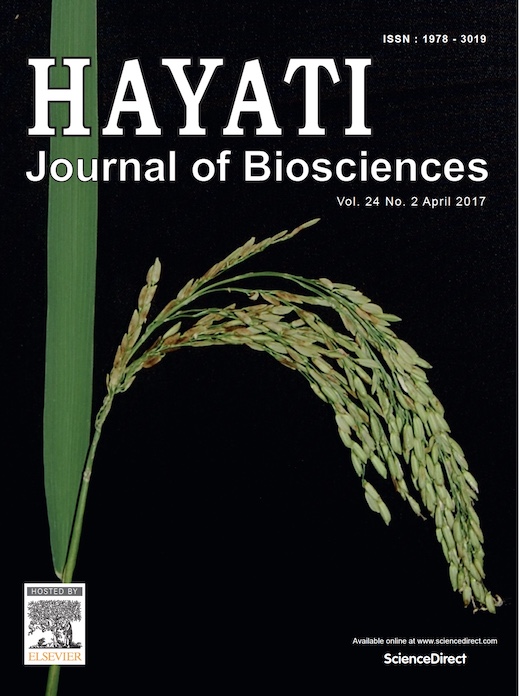Optimization of Chromium Biosorption by Fungal Adsorbent, Trichoderma sp. BSCR02 and its Desorption Studies
Abstract
Heavy metal pollution in water because of the discharge of industrial effluent imposes serious environmental concern. Chromium is one of such pollutants which is considered as toxic, non-biodegradable and persistent in nature. In the present study, the fungal strains isolated from the water samples of Manjakkudi lake were screened for their resistance towards the heavy metal, chromium. The Trichoderma sp. BSCR02 showing resistance towards increased chromium concentration (4 mg/mL) was selected for the biosorption studies. The chromium biosorption ability of the untreated and alkali-treated mycelium of Trichoderma sp. BSCR02 was compared and found the alkali treatment as better biosorbent. The process parameters governing chromium biosorption by the dead biomass of Trichoderma sp. were optimized and maximum chromium removal was observed at pH 5 with 200 mg/L initial metal concentration at 35°C when supplemented 1.6 mg/mL of biosorbent for the contact time of 120 min. The biosorbent was found to be active for five cycles of biosorption. The results revealed the applicability of the Trichoderma sp. BSCR2 for the effective removal of chromium from the contaminated water bodies.Downloads
HAYATI J Biosci is an open access journal and the article's license is CC-BY-NC. This license lets others distribute, remix, tweak, and build upon author's work, as long as they credit the original creation. Authors retain copyright and grant the journal/publisher non exclusive publishing rights with the work simultaneously licensed under a https://creativecommons.org/

























.png) IPB University
IPB University Department of Biology
Department of Biology The Indonesian Biological Society
The Indonesian Biological Society 

